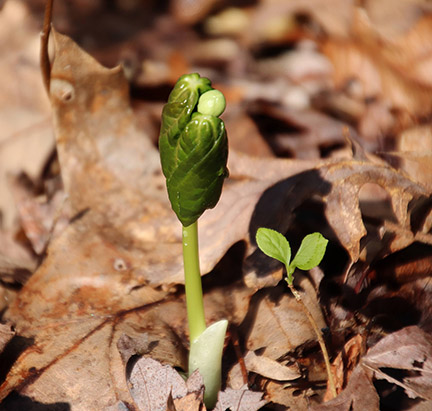
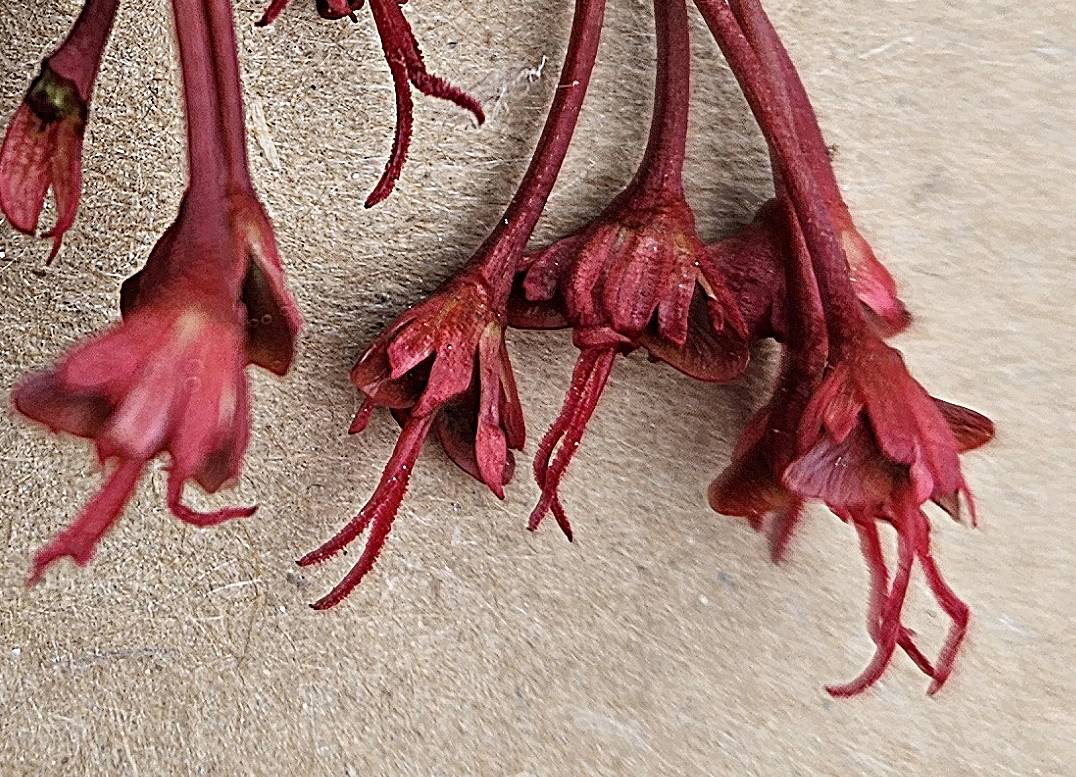
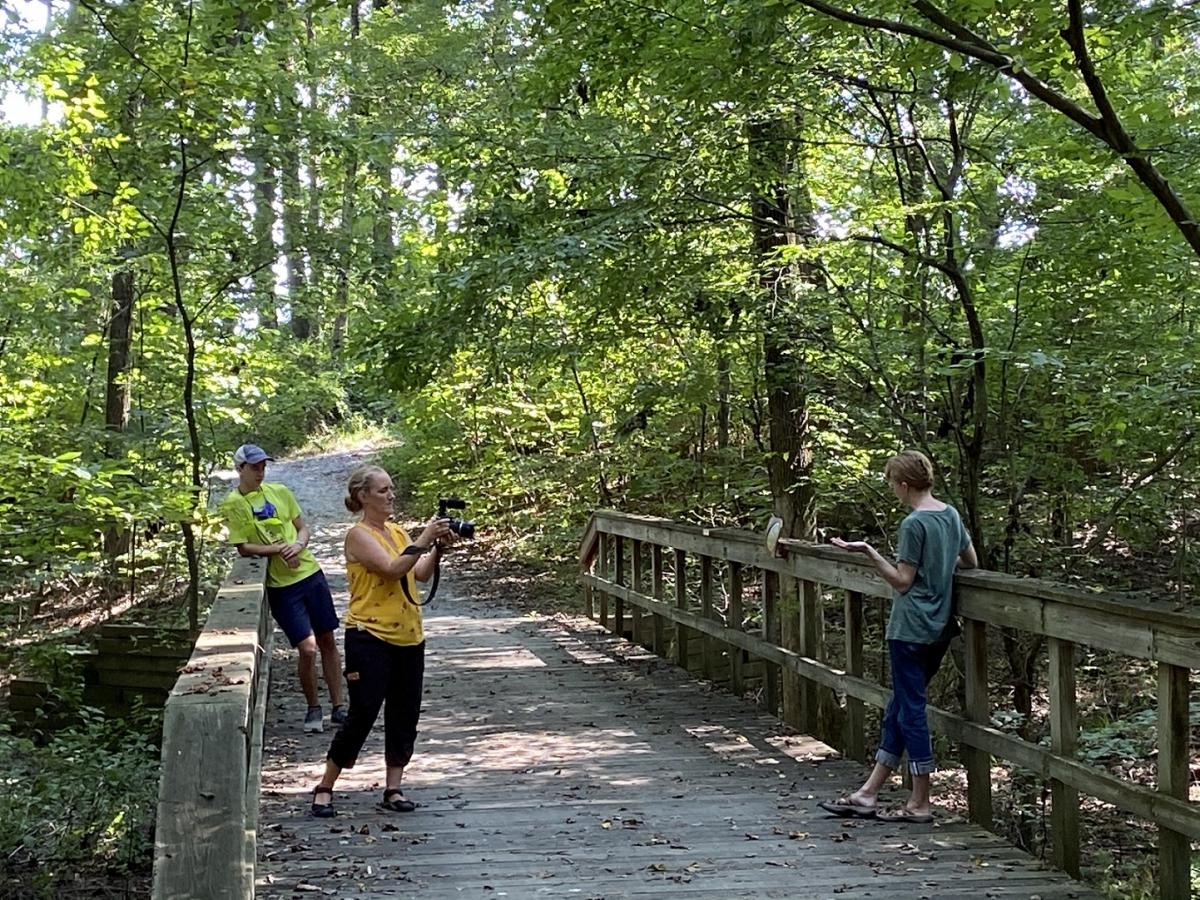
Nonpartisan and Education-based News for Cambridge


The Spy Newspapers may periodically employ the assistance of artificial intelligence (AI) to enhance the clarity and accuracy of our content.
Happy Mystery Monday! Can you guess what is pictured below:

The answer to last week’s mystery is American sycamore seeds, Platanus occidentalis, pictured below:

American sycamore is native to the eastern United States and is the largest deciduous tree in North America. Found most commonly in bottomland or floodplain areas, sycamores thrive in wet environments near rivers, streams, or abundant groundwater.
Sycamore trees are monoecious. They have both male and female flowers on the same tree. This tree reaches reproductive maturity rather young, and flowers profusely, producing numerous light, aerodynamic fruit. The fruit are round balls, around 1″ in diameter, and hang on slender stems.
The seed head persists through Winter, and doesn’t drop the hairy-tufted seeds until January–April. The brush-like structure of the seeds helps them catch the wind and potentially travel long distances.
Mystery Monday is sponsored by the Spy Newspapers and Adkins Arboretum.
The Spy Newspapers may periodically employ the assistance of artificial intelligence (AI) to enhance the clarity and accuracy of our content.


The crane-fly orchid is one of the most common orchids in North America. Spring is when the plant’s green leaves begin to emerge. They appear as a single leaf, often with raised purple spots and a fully purple underside. The leaves disappear in late Spring–early Summer, before the orchid blooms. The flowering stem is leafless and reaches 15–20″ tall.
In late Fall to early Winter, each crane-fly orchid plant will produce a single green leaf. The leaf is called a hibernal leaf because it is present only during the Winter when many other plants are dormant
The orchid’s dull yellow–purplish brown flowers bloom on a reddish-brown stem in Summer. In the Fall, oval-shaped pods containing seeds form up and down the dried stem. Each pod is the size of a pinto bean and houses thousands of dust-like seeds that scatter in the wind across the surrounding leaf litter.
Crane-fly orchids do not transplant well, so it’s best to enjoy them in their natural woodland setting.
Mystery Monday is sponsored by the Spy Newspapers and Adkins Arboretum.
The Spy Newspapers may periodically employ the assistance of artificial intelligence (AI) to enhance the clarity and accuracy of our content.
The Spy Newspapers may periodically employ the assistance of artificial intelligence (AI) to enhance the clarity and accuracy of our content.

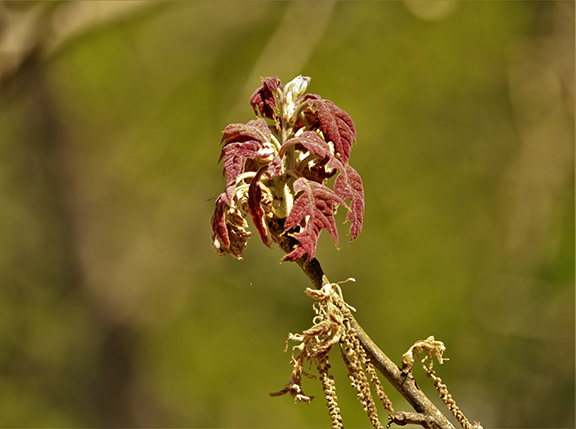
The Spy Newspapers may periodically employ the assistance of artificial intelligence (AI) to enhance the clarity and accuracy of our content.
Happy Mystery Monday! Can you guess what is pictured below?

The answer to last week’s mystery is the tulip poplar, Liriodendron tulipfera, pictured below:
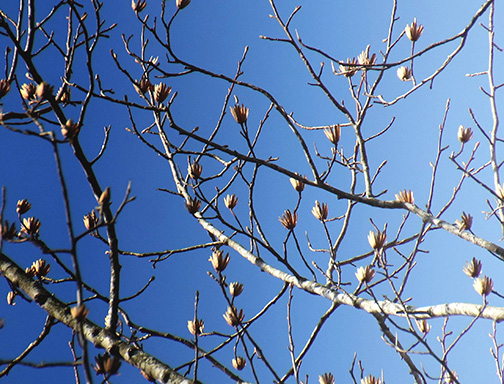
The tulip poplar is a large, native, deciduous tree that can grow 90–120′ tall. Its attractive tulip-like flowers give the tulip poplar its common name. Although not a member of the poplar genus, its characteristics are similar to poplar. It is actually a member of the magnolia family.
In the winter cone-like seed clusters sit upright on the branches. The seeds are called samaras, or helicopters. The individual, winged samaras can be scattered by the wind to distances equal to four or five times the height of a tree. Tulip poplar is a prolific seeder. A seed fall of 300,000 to 600,000/acre is not uncommon. Tulip poplar seeds retain their viability on the forest floor from 4–7 years.
Tulip poplars are a favorite nesting tree for birds, and they are an attractive species to butterflies and hummingbirds.
The tulip poplar leaf is the logo for Adkins Arboretum.
Mystery Monday is sponsored by the Spy Newspapers and Adkins Arboretum.
The Spy Newspapers may periodically employ the assistance of artificial intelligence (AI) to enhance the clarity and accuracy of our content.
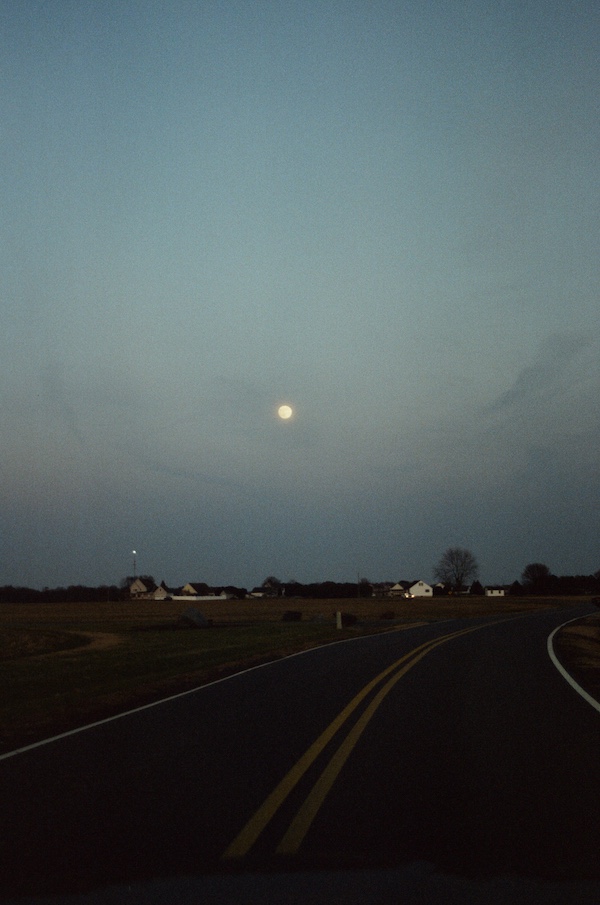
“Scorpio Full Moon” by Centreville photographer Emily Zoe received the First Prize Leon Andrus Award in Adkins Arboretum’s 25th annual Juried Art Show. The show, titled Discovering the Native Landscapes of Maryland’s Eastern Shore, is on view through April 25.
The Spy Newspapers may periodically employ the assistance of artificial intelligence (AI) to enhance the clarity and accuracy of our content.
Prepare for spring in the garden! Adkins Arboretum, offering the Chesapeake gardener the best selection of landscape-ready native plants, announces its 30th Annual Spring Native Plant Sale. All proceeds benefit the Arboretum’s rich variety of education programs that teach about the Delmarva’s native plants and their connection to a healthy Chesapeake Bay.
To ensure the best quality plants, sales will be conducted entirely online. Orders will be accepted through Thurs., March 27 at adkinsarboretum.org and will be fulfilled via timed, scheduled pickup in late April and early May.
New this year, there are two pickup locations to choose from: Adkins Arboretum and Delmarva Native Plants in Georgetown, Delaware. This partnership allows those in Delaware or east of the Arboretum to pick up their plants at Delmarva Native Plants’ future retail location. Upon completing your online order, you will receive a confirmation email with a link to schedule your pickup date, time and location.
Plants for sale include a large variety of native perennials, ferns, vines, grasses and flowering trees and shrubs for spring planting. Native flowers and trees provide food and habitat for wildlife and make colorful additions to home landscapes, whether in a perennial border, a woodland garden or a restoration project. Native honeysuckle entices hummingbirds, while tall spikes of purplish flowers grace blue wild indigo. Milkweed provides critical energy for monarch butterflies on their winter migration to Mexico, and native azaleas present a veritable rainbow of colorful blooms.
For information about special orders, special pickups, help with plant choices for restoration projects or pricing for nonprofits or commercial contracts, contact Leslie Cario at nativeplants@adkinsarboretum.
As always, Arboretum members receive a generous discount on plants that varies according to membership level. To join, renew your membership or give an Arboretum membership as a gift, visit adkinsarboretum.org or contact Kellen McCluskey at kmccluskey@adkinsarboretum.org
For more information on plants, purchasing or pickup procedures, visit adkinsarboretum.org, send email to nativeplants@adkinsarboretum.
The Spy Newspapers may periodically employ the assistance of artificial intelligence (AI) to enhance the clarity and accuracy of our content.
Happy Mystery Monday! Can you guess what is pictured in photo below?
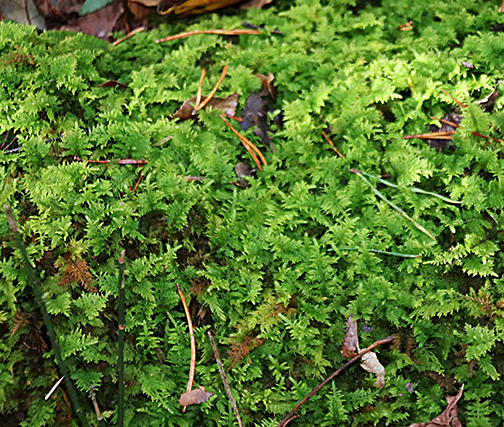
The answer to last week’s mystery is river birch, Betula nigra, pictured in photo below:
Native to the eastern United States, river birch is found in Maryland along stream banks and in moist locations. It’s a fast-growing, highly adaptable tree, especially in its tolerance to heat and flooding.
River birch is a pioneer species, meaning it rapidly colonizes exposed, bare stream banks and gravel bars, stabilizing the soil and developing a forest for other trees to succeed. It tolerates deer, drought, clay soil, wet soil, and is very resistant to air pollution.
River birch is the only Spring-fruiting birch tree species. Female river birch flowers develop in the Spring as shorter, upright catkins on spur-shoots develop into cone-like structures containing winged seeds. Male flowers develop in the Fall as drooping catkins at the tips of twigs.
Unlike most birches, the seeds of this species mature in late Spring to early Summer, and are distributed immediately. The seeds are winged and are distributed to some degree by wind, but also rely significantly on water for distribution.
River birch seeds are eaten by songbirds and mice, while the twigs are eaten by deer, and beavers use it to make their lodges. Birch bark is an incredibly versatile material. It has been used as a form of paper, as a building material, and even clothing. Break a twig during the growing season, and you’ll smell a sweet wintergreen odor. And yes, birch beer has been made from these trees!
Mystery Monday is sponsored by the Spy Newspapers and Adkins Arboretum.
The Spy Newspapers may periodically employ the assistance of artificial intelligence (AI) to enhance the clarity and accuracy of our content.
Happy Mystery Monday! Can you guess what is pictured below?
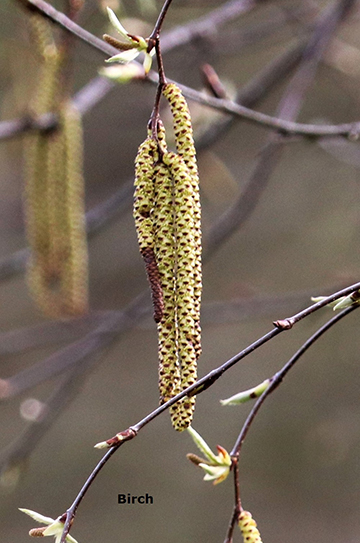
The answer to last week’s mystery is partridge berry, Mitchella repens, pictured below:
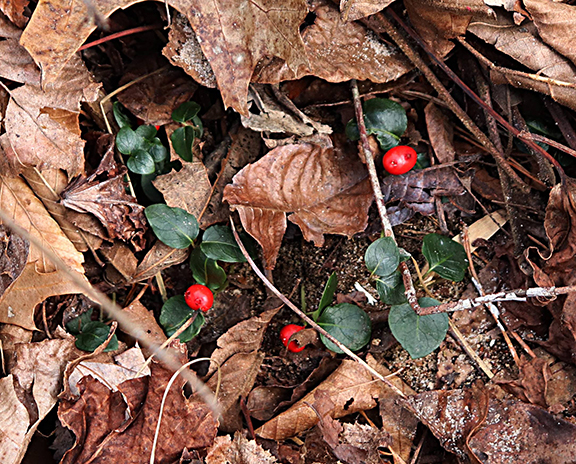
Partridge berry is a delicate, creeping vine that does not climb. Instead, it forms a low mat of evergreen leaves. Indigenous to the woodlands of eastern North America, partridge berry looks very much like teaberry.
Partridge berry plants produce flowers with both male and female parts, but they are arranged in pairs, where each flower needs to be pollinated by the other to produce a berry. There are two types of partridge berry flowers, those with long stamens and short styles, and those with short stamens and long styles. However, only one type of flower can be found on any individual plant.
Pollination happens via insects. Each flower pair produces one red berry. There is a pair of shallow dimples toward the tip of each berry, an identifiable feature of the plant.
Partridge berry fruits are eaten by various birds, including ruffed grouse, northern bobwhite, sharp-tailed grouse, prairie chicken, wild turkey, and the now-extinct passenger pigeon. Mammals also enjoy the berry, including raccoon, red fox, eastern skunk, eastern chipmunk, white-footed mouse, and woodland deer mouse. The plant’s foliage is also eaten by deer.
Mystery Monday is sponsored by the Spy Newspapers and Adkins Arboretum.
The Spy Newspapers may periodically employ the assistance of artificial intelligence (AI) to enhance the clarity and accuracy of our content.